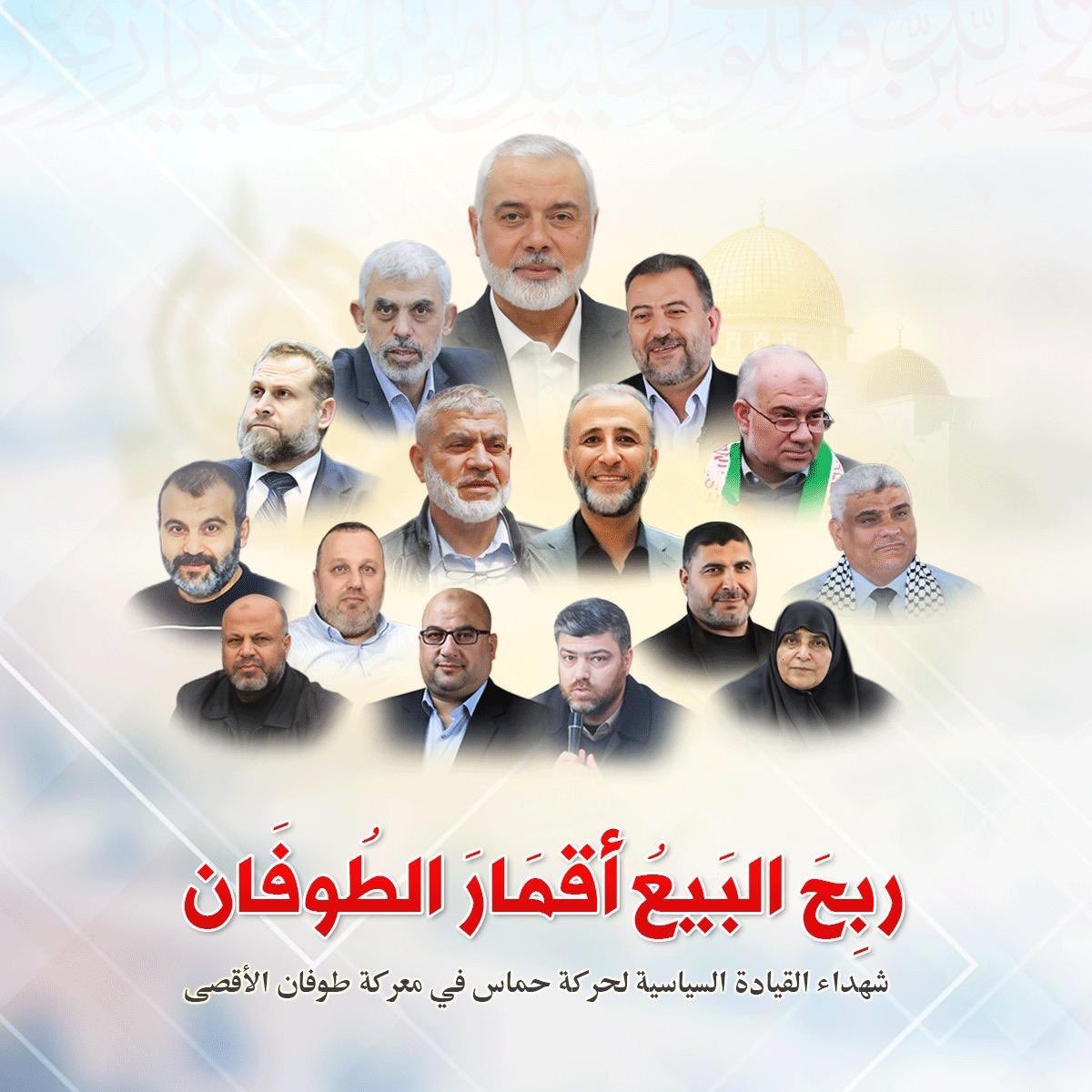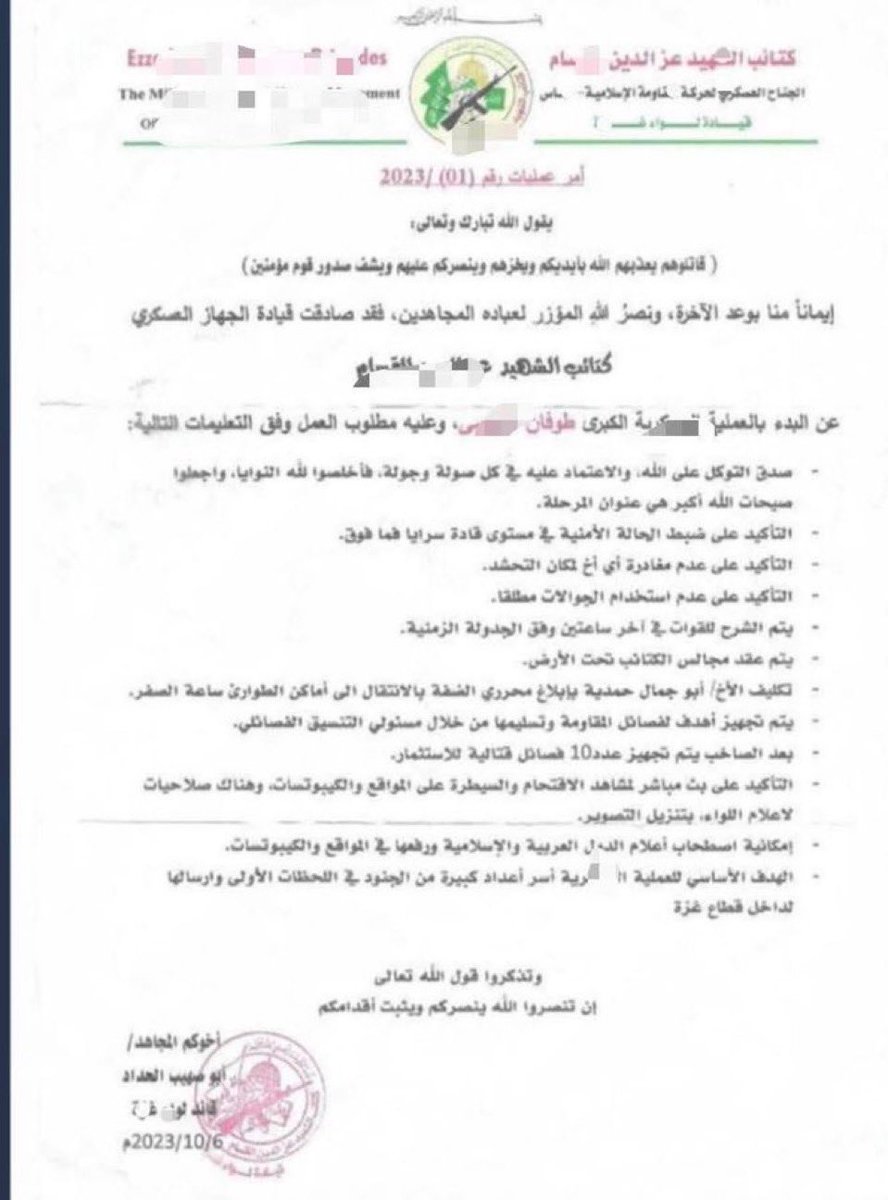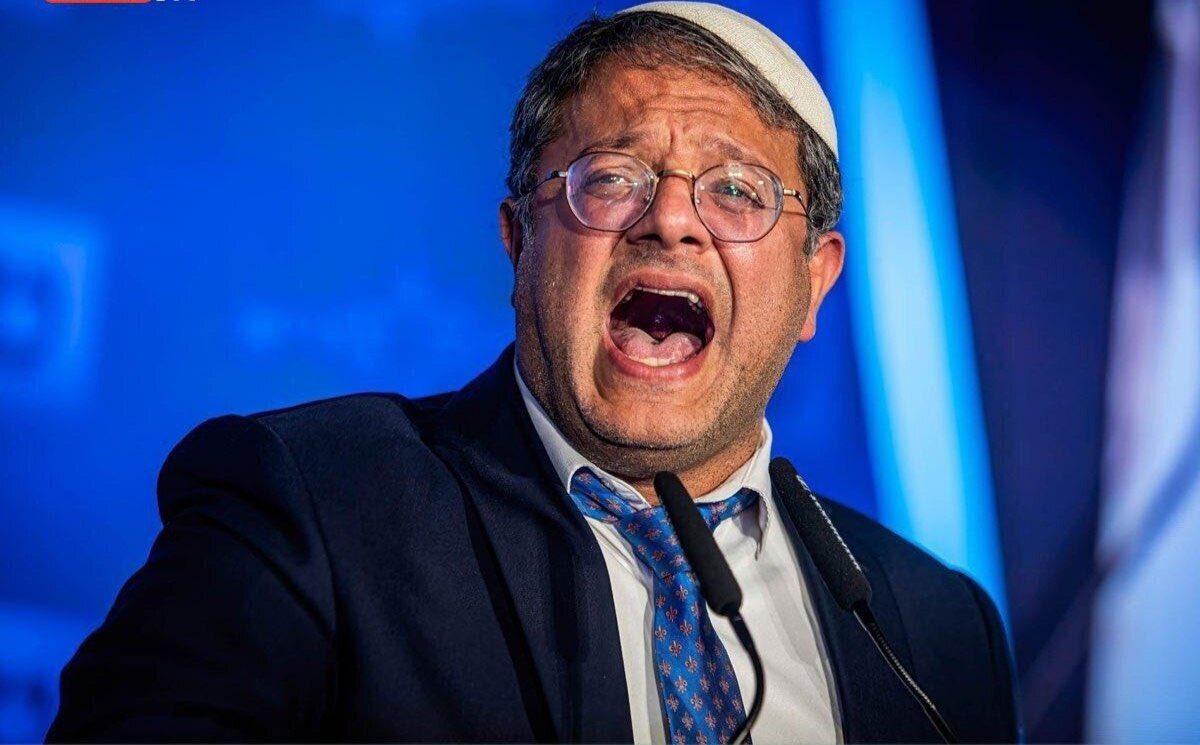Mahmoud Issa, Al-Quds-born, architect of resistance, and the “dean” of Hamas prisoners, is among the most feared and steadfast leaders the occupation has ever tried to break. Born in Anata, northeast of Al-Quds, in 1968, Issa joined Hamas upon its founding and, with a cadre of Al-Quds youth, built the first Qassam cell in the city: Unit 101. Their mission, kidnap Zionist soldiers to exchange for Palestinian prisoners, became the new grammar of asymmetric warfare in occupied Al-Quds.



In December 1992, Issa led the legendary operation to capture Israeli soldier Nassim Tolidano, demanding the release of Hamas’s founder, Sheikh Ahmed Yassin. The occupation refused, so Unit 101 executed the soldier and dumped his body in the street, a move that triggered a massive, vindictive crackdown: thousands arrested across the West Bank and Gaza, and hundreds of resistance leaders exiled to Marj al-Zuhur in south Lebanon.
Issa’s cell continued its campaign: targeting Israeli soldiers in Khadera, eliminating police, and wounding officers in direct action throughout 1993. After six months of relentless pursuit, Mahmoud Issa and his closest comrades, Musa Akari, Mahmoud Atoun, and Majid Qutaysh, were captured in June 1993. The Knesset announced with relief the dismantling of the “most dangerous cell” in Al-Quds.
What followed was a saga of torture, deprivation, and calculated isolation. Interrogated for months in the notorious Moskobiya and Ramla detention centers, Issa refused to break or confess. He was sentenced to three life terms plus 46 years. He spent over 13 years in solitary confinement, denied most family visits, allowed to see his mother just five times behind glass before her death in 2021.
His father died while Issa was in prison. The occupation labeled him among its eight most dangerous prisoners, repeatedly refusing his inclusion in the 2011 “Wafaa al-Ahrar” and 2013 exchanges, citing his continued influence, recruitment of new cells even from behind bars, and a daring escape attempt after digging a 10-meter tunnel beneath Ashkelon Prison.
His father died while Issa was in prison. The occupation labeled him among its eight most dangerous prisoners, repeatedly refusing his inclusion in the 2011 “Wafaa al-Ahrar” and 2013 exchanges, citing his continued influence, recruitment of new cells even from behind bars, and a daring escape attempt after digging a 10-meter tunnel beneath Ashkelon Prison.
Despite all this, Mahmoud Issa transformed his years in isolation into a laboratory of resistance. He memorized the Quran, mastered Arabic calligraphy, and wrote a series of influential books, including his autobiography (The Tale of Saber), Reflections on the Quran, Resistance Between Theory and Practice, and works on conspiracy and political thought.
He organized and led collective hunger strikes, was repeatedly elected to the high leadership of the Hamas prisoners, and became a foundational figure in the movement’s imprisoned cadre, proof that even maximum-security walls can’t suppress will, intellect, or command.
He organized and led collective hunger strikes, was repeatedly elected to the high leadership of the Hamas prisoners, and became a foundational figure in the movement’s imprisoned cadre, proof that even maximum-security walls can’t suppress will, intellect, or command.
Every attempt by Israel to silence him failed. They accused him of killing settlers before the Tolidano operation, of organizing military groups from inside prison, of plotting further escapes. He was subjected to endless interrogations and new sentences, yet each campaign only added to his stature among prisoners and the Palestinian street.
Today, as Mahmoud Issa finally prepares for release after more than 30 years, he returns not as a broken man but as a living archive: the field commander who gave Al-Quds its first Qassam unit, the organizer who refused all compromise, and the author whose story became blueprint and warning for generations to come.
No amount of isolation, exile, or repression could erase Issa’s legacy from Al-Quds. In every sense, military, intellectual, and spiritual, he is the echo of the city’s resistance, living proof that real leadership survives even the deepest cell.
• • •
Missing some Tweet in this thread? You can try to
force a refresh










